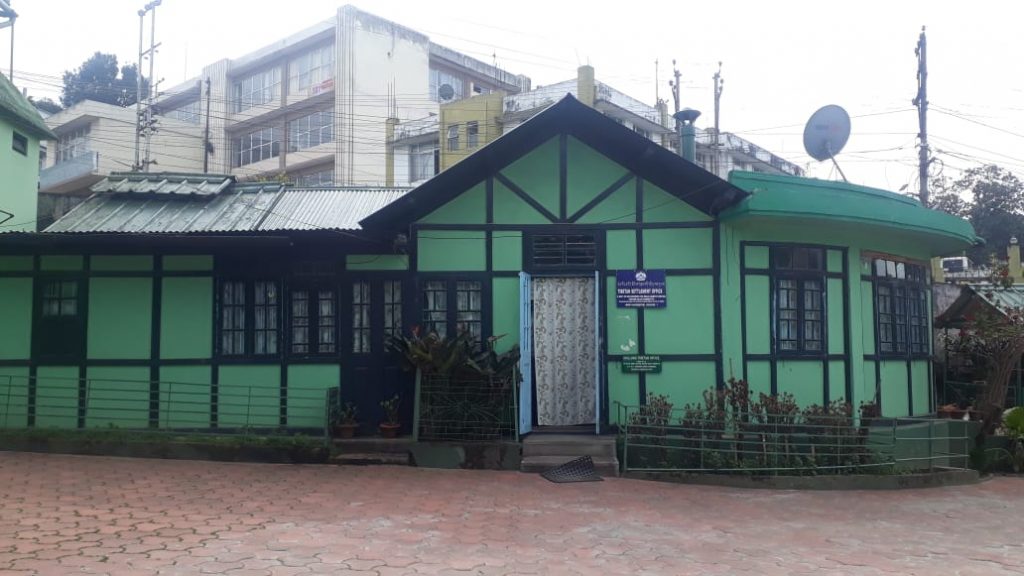Introduction:
Many Tibetans were scattered around Shillong town, and to look after their socio-economic welfare the Tibetan Welfare Office was established in 1992.
Settlement location:
The Tibetan Welfare Office is located at Shilong of the Megalaya state of India.The Tibetan Welfare Office is located at Shillong, which is a beautiful hill station in northeast India and the capital of the state of Meghalaya. The average rainfall annual rainfall is 33.6 inch and average temperature is 10.42° to 26.6° Celsius.The average altitude of the town is 1520 meters above sea level. Shillong is subject to vagaries of the monsoon. The climate is moderate during summers but quite cold during winters. October-November and March- April are the best months to visit Shillong.
Settlement Population
No. of villages:
Tibetans are scattered around the town and they don’t have any village like other place.
Settler’s livelihood:
While 70% of the Settler’s depend their livelihood on selling ready-made garments, 29% run restaurants. Other 1% people’s livelihood depends on contractual works, taxi driving etc.
Facilities in the settlement:
| School | Sambhota Tibetan School upto class 3. |
|---|---|
| Health facilities | Tibetan Medical and Astro Institute |
| Monastery | Gaden Choeling Monastery. |
| Old People’s Home | No |
Administrative setup:
The Tibetan Welfare Office at Shilong is the representative office of Department of Home, Central Tibetan Administration. It serves as the liaison between the Tibetans in the region and the Department of Home, Central Tibetan Administration. It is the principal office to look after welfare and overall control of running of affairs of the Tibetans in the area. Daily tasks for the representatives range from adjudicating disputes to communicating with group leaders and outside authorities, and generally watching over the running of all aspects of the settlement.
Local Assemblies:
Like every other genuine democratic system, the Tibetans in Shilong elect their own representatives for better understanding of the problems with them. These elected members act as intermediaries with relevant authorities, pass on information, settle disputes and collect money. They can bring up the problems of the Tibetan people and raise questions on the working of the Tibetan Welfare Officer. These members are elected on the basis of their strength of personality and once ability to stand before the interest of their people.
Traveling guide:
| Nearest railway station | Gawahati | 105 km |
|---|---|---|
| Nearest airport | Guwahati་& Umroi | 90 km & 30 km |
| Bus and taxi services | Yes |

